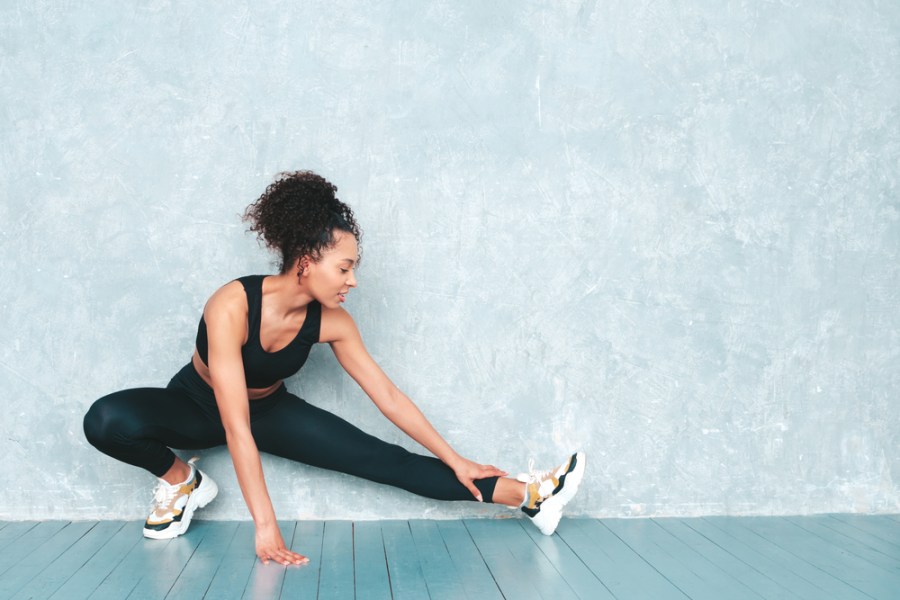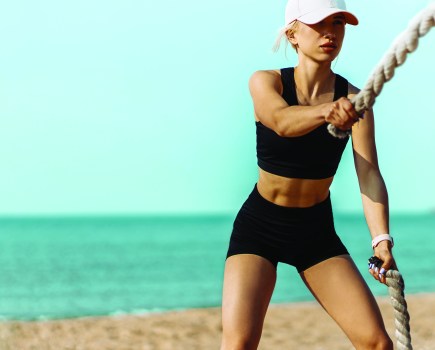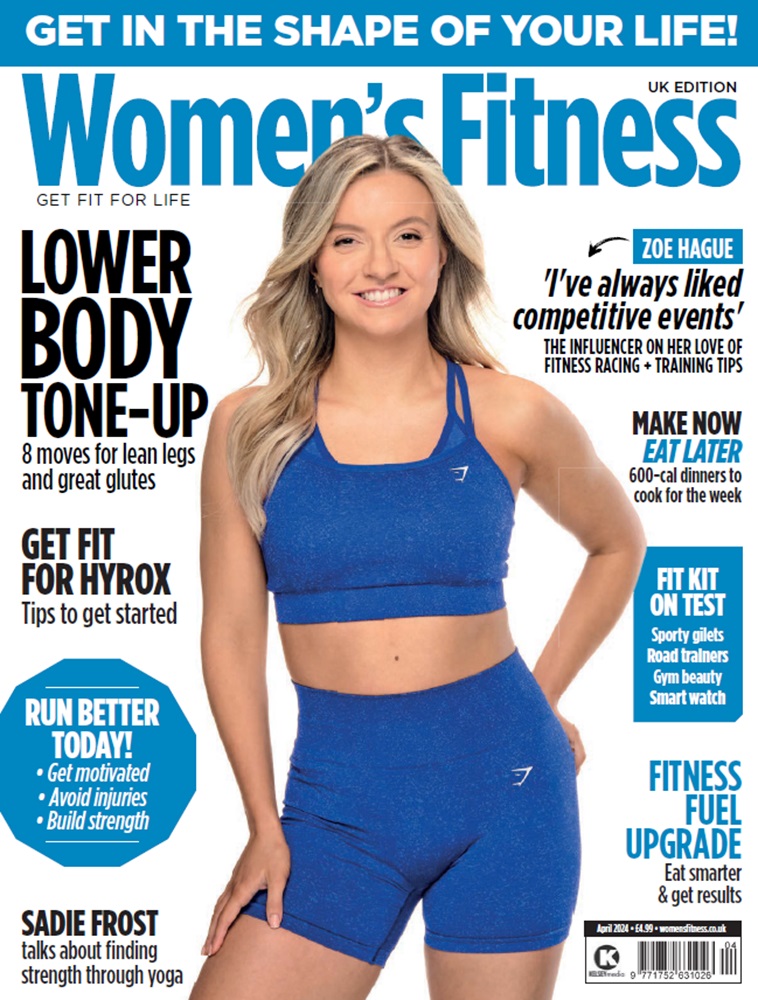Discover why stretching is so important before and after your workout, plus the best stretches for each major muscle in your body…
If you’re like most strength training fanatics, we can predict that you probably head into the gym all guns blazing, throw yourself straight into a hard-core workout without warming up, then swing your arms around for 10 seconds at the end of the session before calling it quits. While you might think that the strength training itself is the most important part of your workout, taking the time to warm up and cool down is equally vital to improving your strength, fitness and flexibility. But why is stretching before and after a workout so important?
Muscles warm up like chewing gum, and if you exercise while they are still cold and stiff, they will be more susceptible to injury. However, if you warm them up before you work out, by doing a milder form of the exercise you are about to do – for example, jogging for five minutes before you go on a 20-minute run – then they will respond better for the rest of the session.
What does stretching do?
Alongside mild movement like gentle jogging, dynamic stretching (stretching with movement) is also useful pre-exercise, as it raises the heart rate, which in turn increases the blood flow to the muscles and the synovial fluid around the joints, widens your range of movement and prepares you mentally for the exercise you are about to perform. Dynamic stretches include hamstring curls, squats and heel digs.
Equally, after you have worked out, it is important to stretch the muscles back to their pre-exercise length. This type of stretching is known as developmental, and it improves flexibility and increases muscle length.
How long should I stretch for?
Spend five to 10 minutes winding down from your workout with some gentle cardiovascular exercise – for example, brisk walking and arm swings – then try some static stretches, like the ones below, to nourish and lengthen your muscles. Think of it as a bit of pampering for your post-workout body.
Wondering how long to hold each stretch for? Larger muscles, for example, the hamstrings (back of the legs) and quads (front of the thighs), will need to be stretched for 15 to 30 seconds.
Initially, hold the stretch for eight to ten seconds, and then deepen the stretch when you feel the tension in the muscle ease. Remember to always breathe out as you stretch. And don’t forget – never force a stretch or continue one if it is painful.
Why stretching is important: how to stretch after a workout
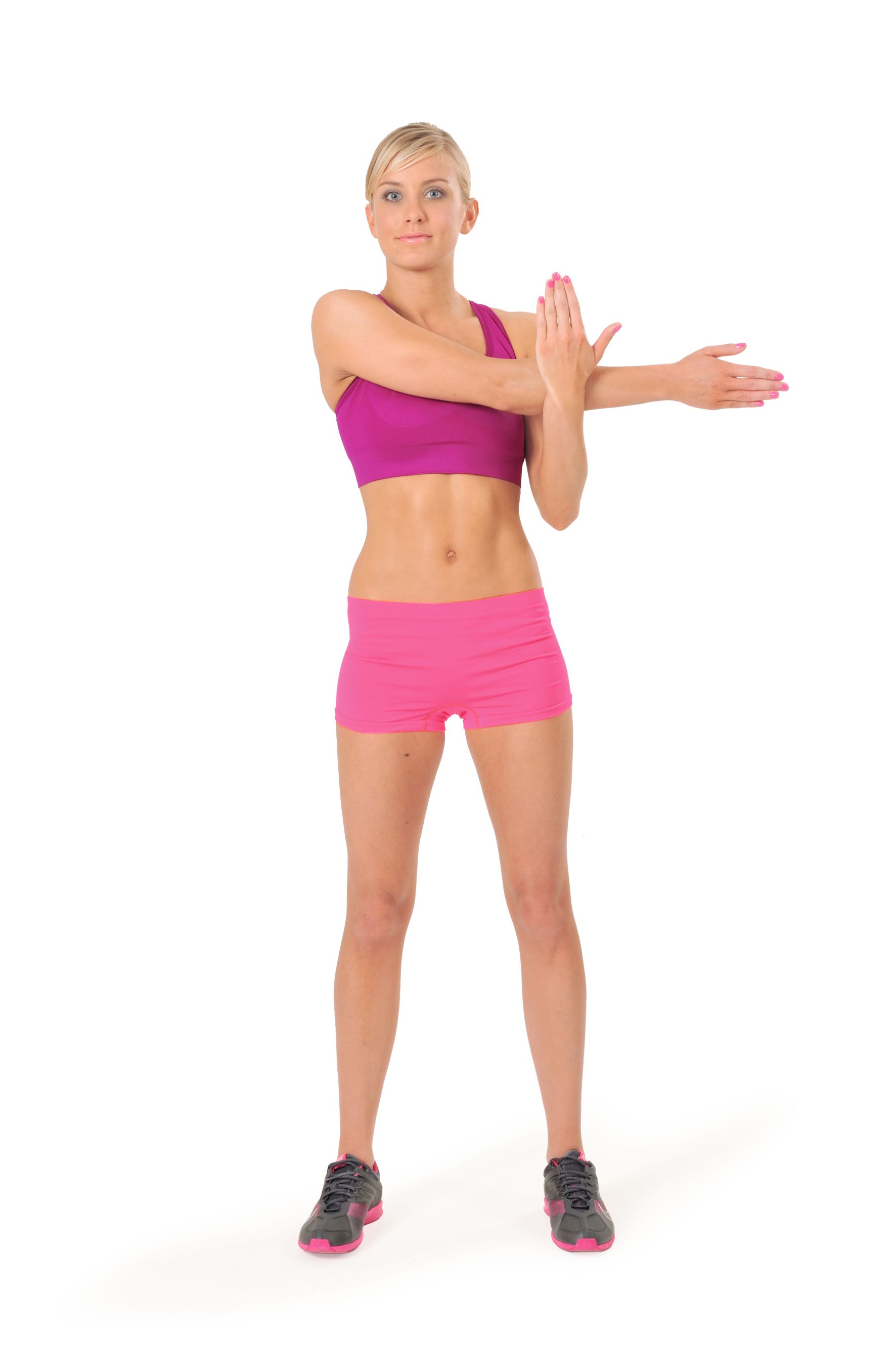
How to stretch your shoulders
Stand tall, feet slightly wider than shoulder width, knees slightly bent. Place your right arm across the front of your chest, parallel to the ground. Ease your right arm closer to your chest with your left forearm. Repeat on the other side.
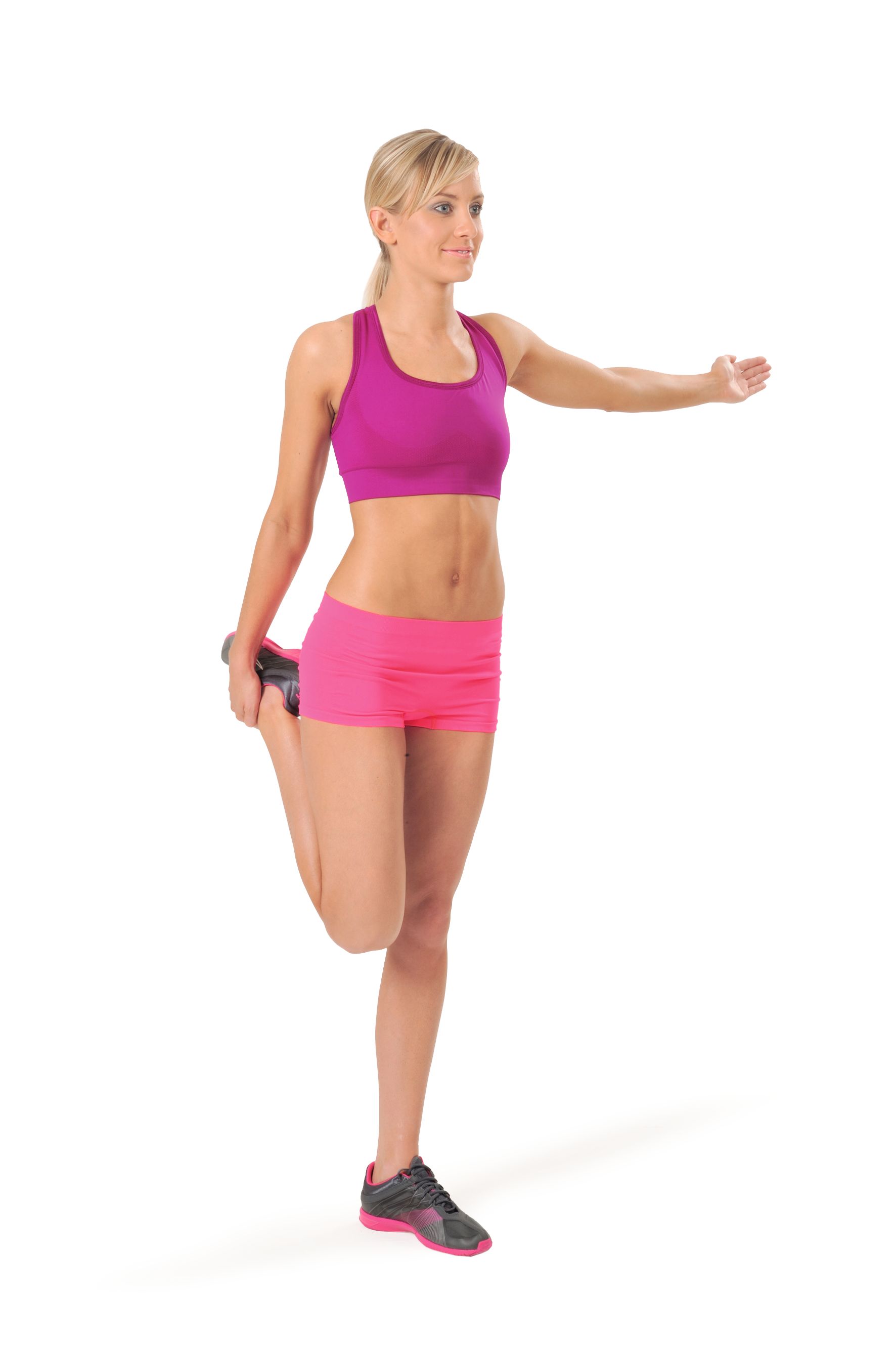
How to stretch your quadriceps
Keeping your back straight, hold on to your right foot and lift it towards your bottom. Extend your left arm out at shoulder height. Keep your knees in line throughout the stretch. Repeat on the left side.
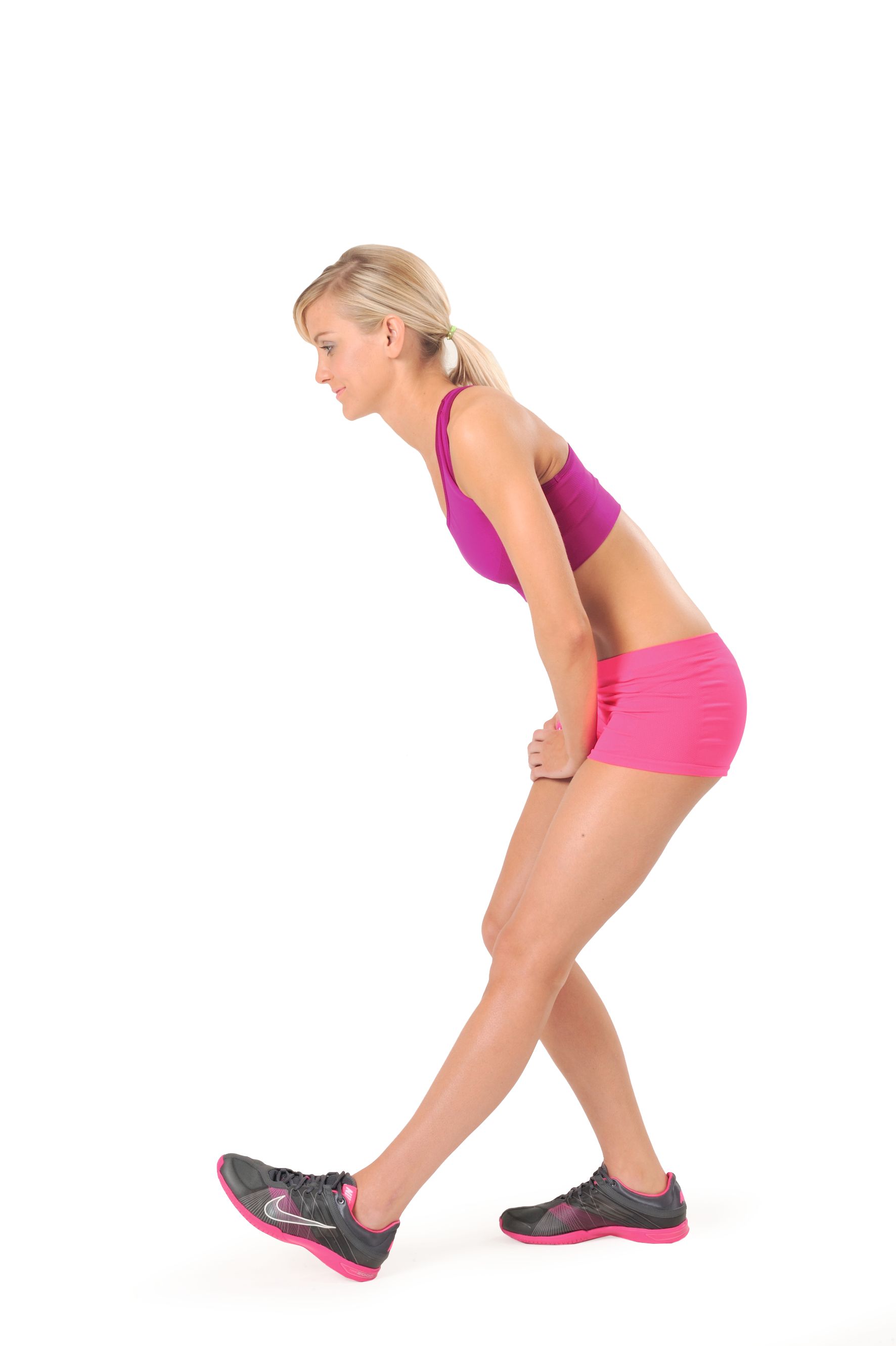
How to stretch your hamstrings
Stand with your left leg just in front of the right. Bend your right knee and tilt your hips as you rest your weight on your upper right thigh. Your front leg should be straight, toes pointing up. Repeat on the other leg.
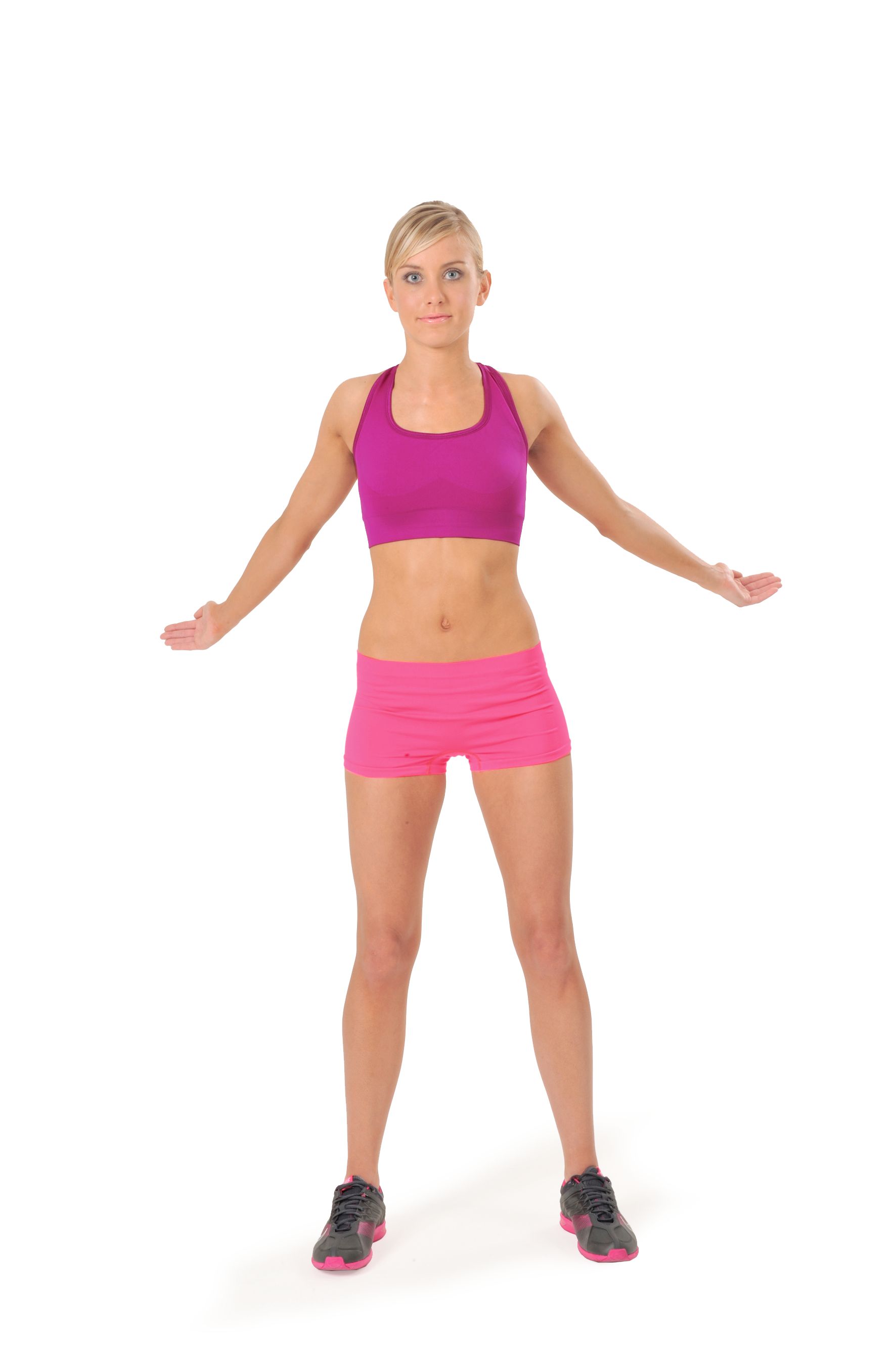
How to stretch your chest
Stand and extend your arms out and back as far as is comfortable, with your palms facing away from you. Hold, then repeat.
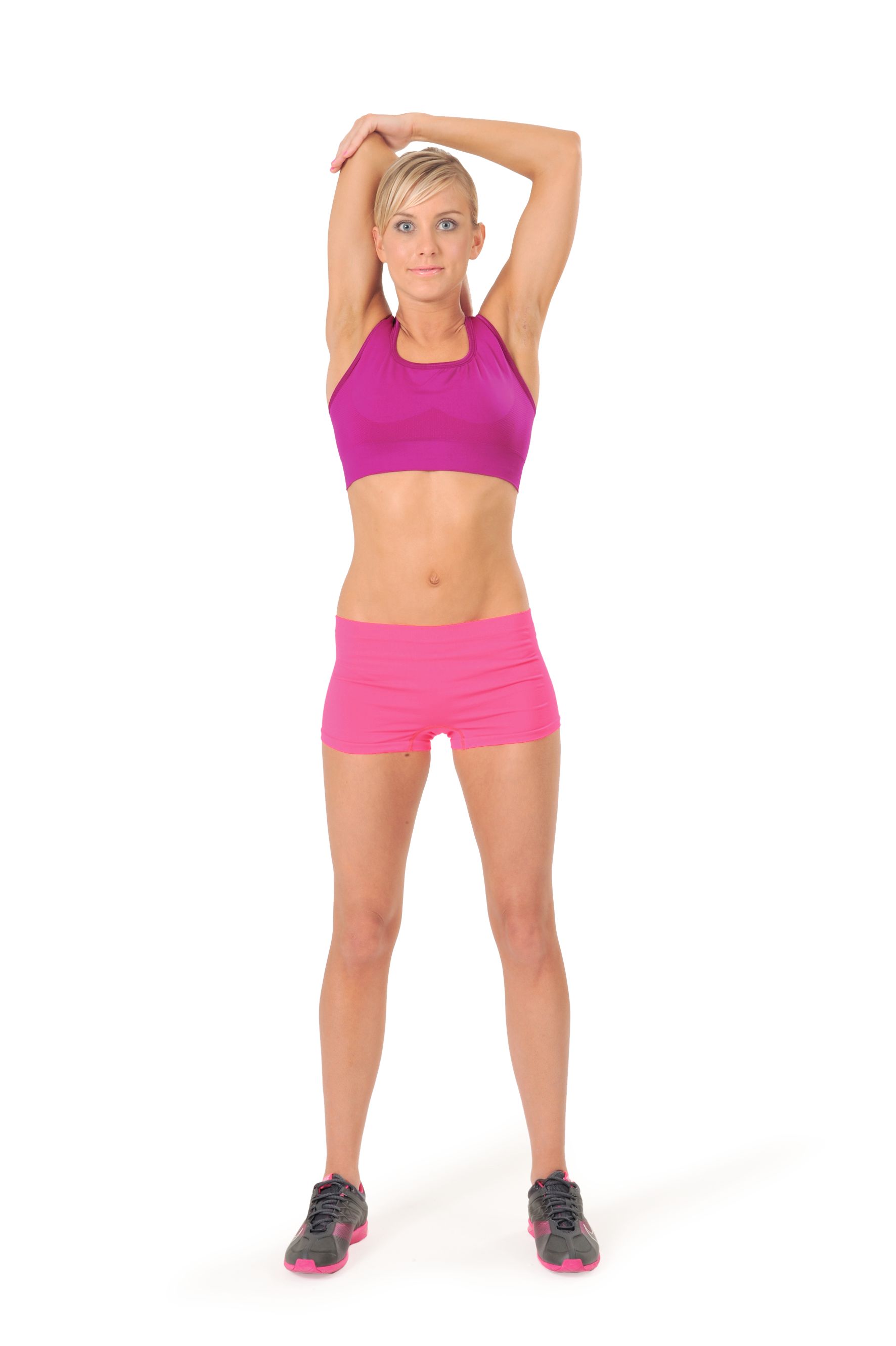
How to stretch your triceps
Stand with your feet slightly wider than shoulder width. Slide your right hand up, over your head and down the middle of your spine. Push gently on your right elbow with your left hand. Repeat on the other side.
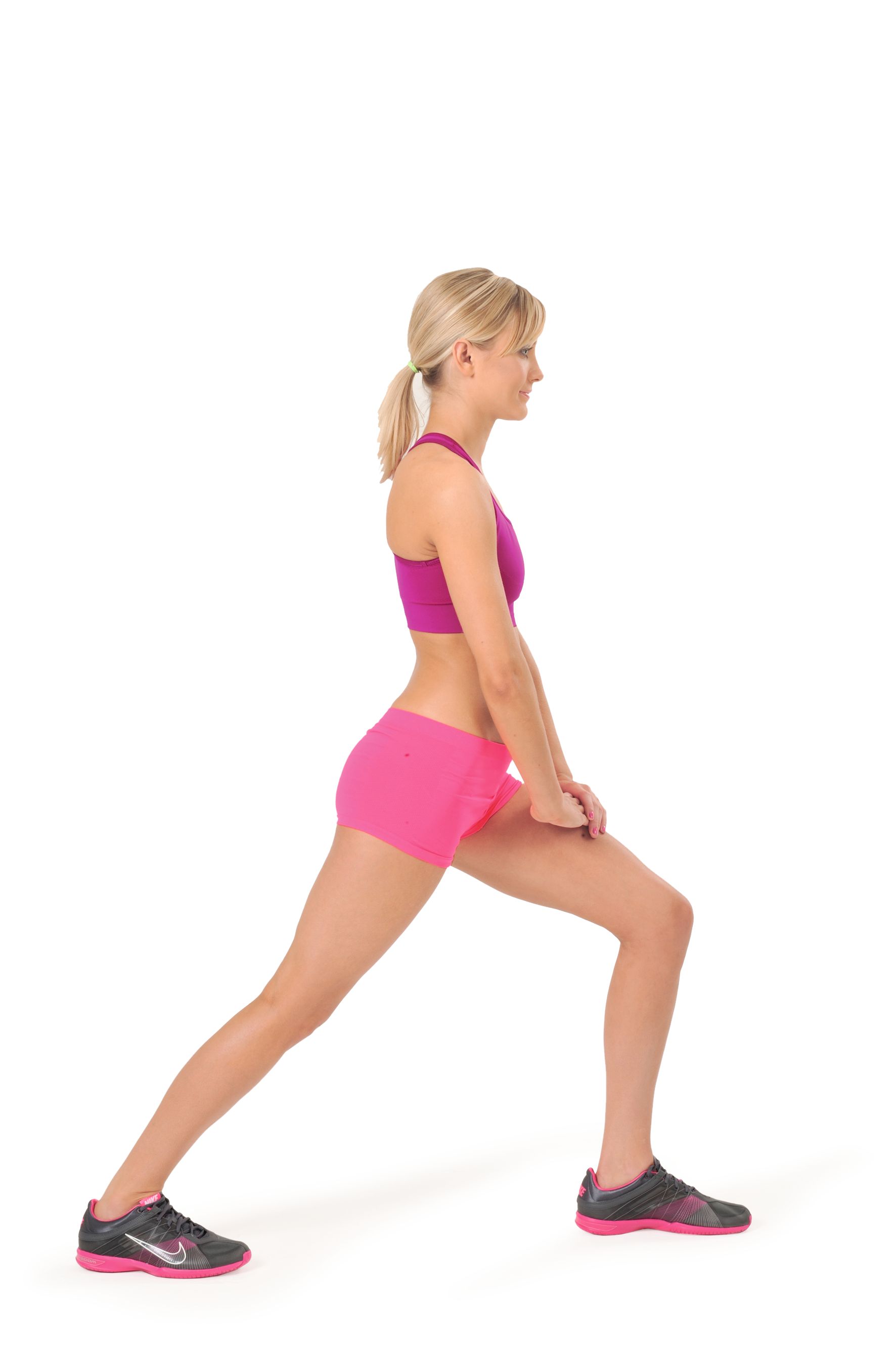
How to stretch your calves
Stand tall, then step forward on your left leg, keeping both feet flat on the floor and your right leg straight. Gently bend your left knee and rest your hands on your upper left thigh. Hold, then repeat on the other leg.

